Click on photo to start video.
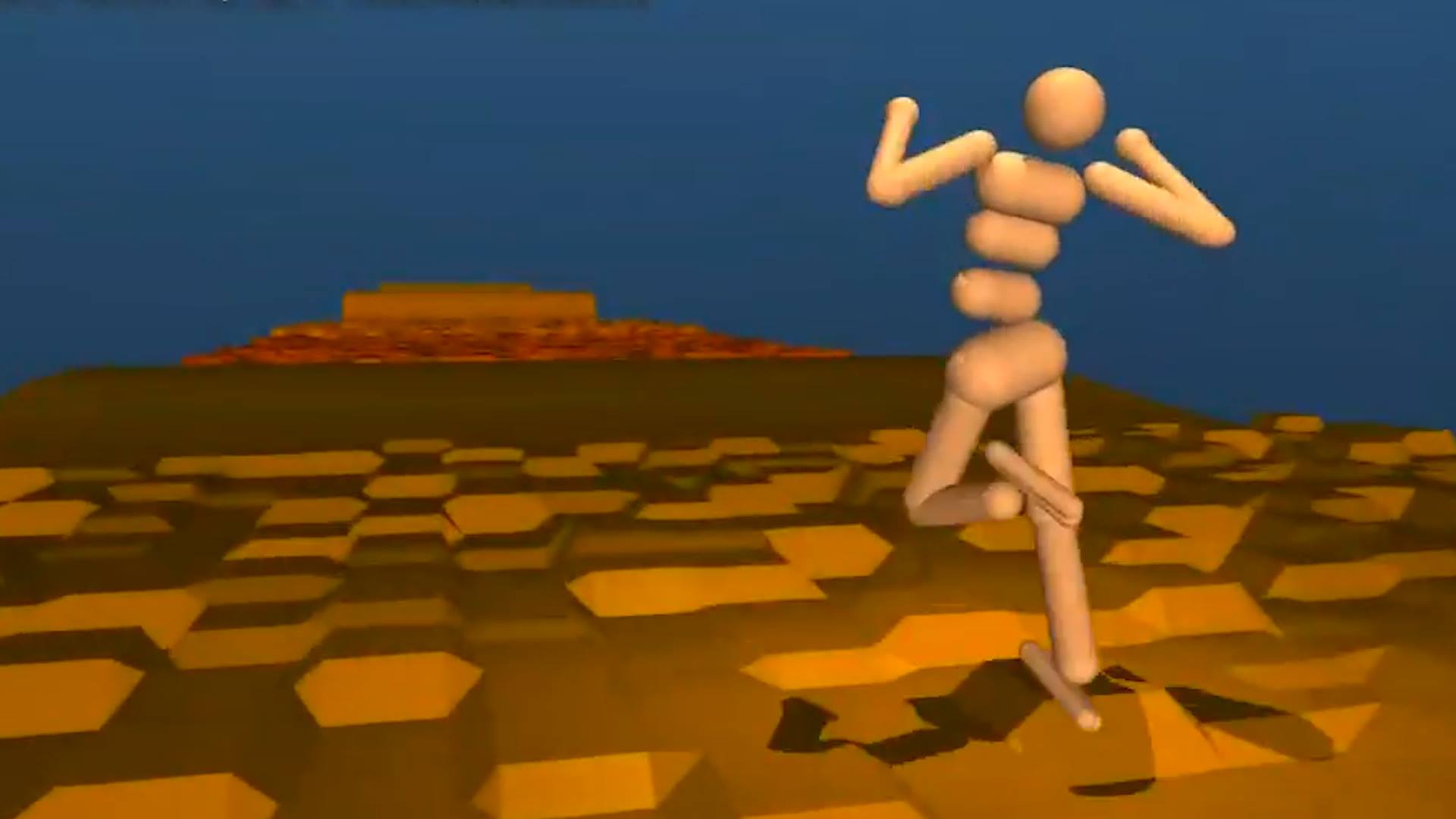

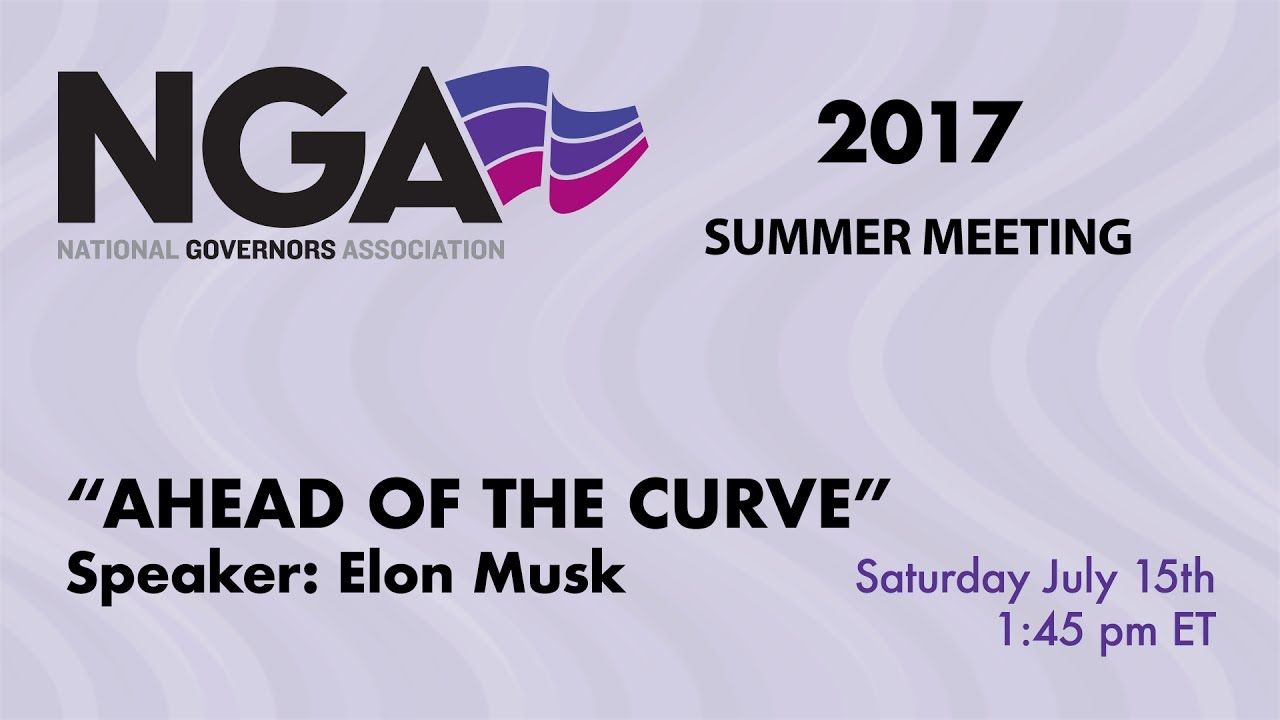
Breaking : Elon Musk’s ideas on SpaceX DeepMind Tesla and The Dangers of #AI #Robots #Armageddon caused by AI & ideas for NASA — National Aeronautics and Space Administration (starts at 42mins in video).
Closing Plenary Introducing the New Chair’s Initiative “Ahead of the Curve”
Speaker: Elon Musk
Governor Terry McAuliffe, Virginia, Chair.
Governor Brian Sandoval, Nevada, Vice Chair.
Keynote speaker: • elon musk, CEO of tesla and spacex
Follow NGA at
https://www.facebook.com/nationalgovernorsassociation
https://twitter.com/NatlGovsAssoc
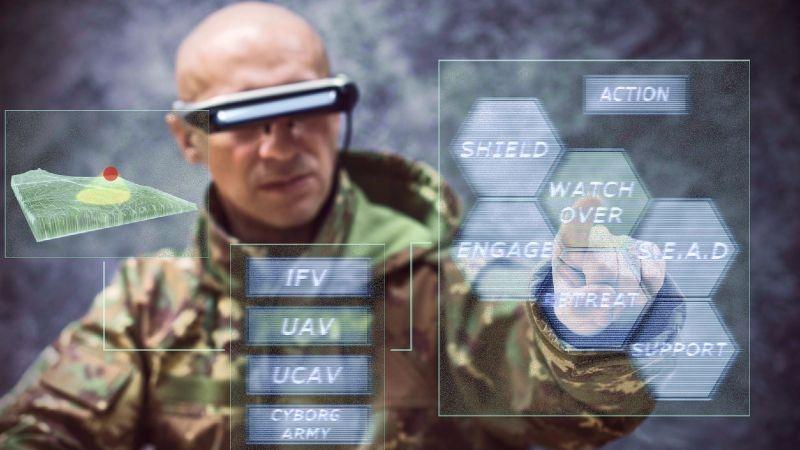
Warfare and technology make the perfect partners of destruction. Military innovations from wooden catapults to nuclear bombs have been transforming the way war is waged since prehistoric humans carved arrows from stones some 10,000 years ago.
The visions of futurists don’t always match the experiences of military personnel, but the battlefields of the future will bear little resemblance to the war zones of today.
The future of technology in warfare: From AI robots to VR torture.
Geopolitical developments have raised fears of another world war. Technological advances mean it should at least be over quickly.

The world’s most populous nation suffers from a shortage of medical practitioners, with the World Health Organisation estimating there are only 1.5 physicians available for every 1,000 people, compared with 2.4 in the US and 2.8 in the UK. That has led to deteriorating work conditions for doctors and radiologists who constantly work overtime to process huge amounts of patient data. As a consequence, the error rate is high.
Alibaba Health unveiled this week its first artificial intelligence service for disease diagnosis, offering hope that advanced technology will alleviate the workload of mainland Chinese physicians in a nation suffering from an acute shortage of doctors.
The AI solution, called Doctor You, can be used for medical image diagnosis of CT scans to identify inflammatory cells in human organs, which can be an early indicator of cancer.
“It will soon serve as an assistant to physicians at a number of hospitals in the country,” said Ke Yan, a vice president with Ali Health, adding that the technology could lower error rates and improve efficiency.

AI is being used for much more than many realize. In fact, particle physicists are currently pushing the limits of our understanding of the universe with the help of these technologies.
Many might associate current artificial intelligence (AI) abilities with advanced gameplay, medical developments, and even driving. But AI is already reaching far beyond even these realms. In fact, AI is now helping particle physicists to discover new subatomic particles.

The evolution of communication throughout history has largely been about taming two dimensions: time and distance. That was as true of spoken language as it was of the telegraph or email. Humans have been so successful at taming these factors that, today, neither time nor distance are meaningful bottlenecks to transmitting your thoughts.
In fact, if you want to tell a friend living in a different hemisphere what you just ate for lunch, the most time-consuming part of the process is physically typing or tapping the message. Communication these days can be so fast that it’s fair to consider it “instantaneous,” though technically it’s not quite there yet. Because with all of the messaging we do in a day, all of that typing and tapping adds up.
We still rely heavily on fingers and thumbs to get the message across, but for how long will this be the case? It’s too soon for anything but speculation, but research groups and corporations are working on new technologies that might allow us to share our ideas using thoughts alone. Flying cars, walking-talking robots, and now sci-fi telepathy? It’s a fascinating time to be alive.
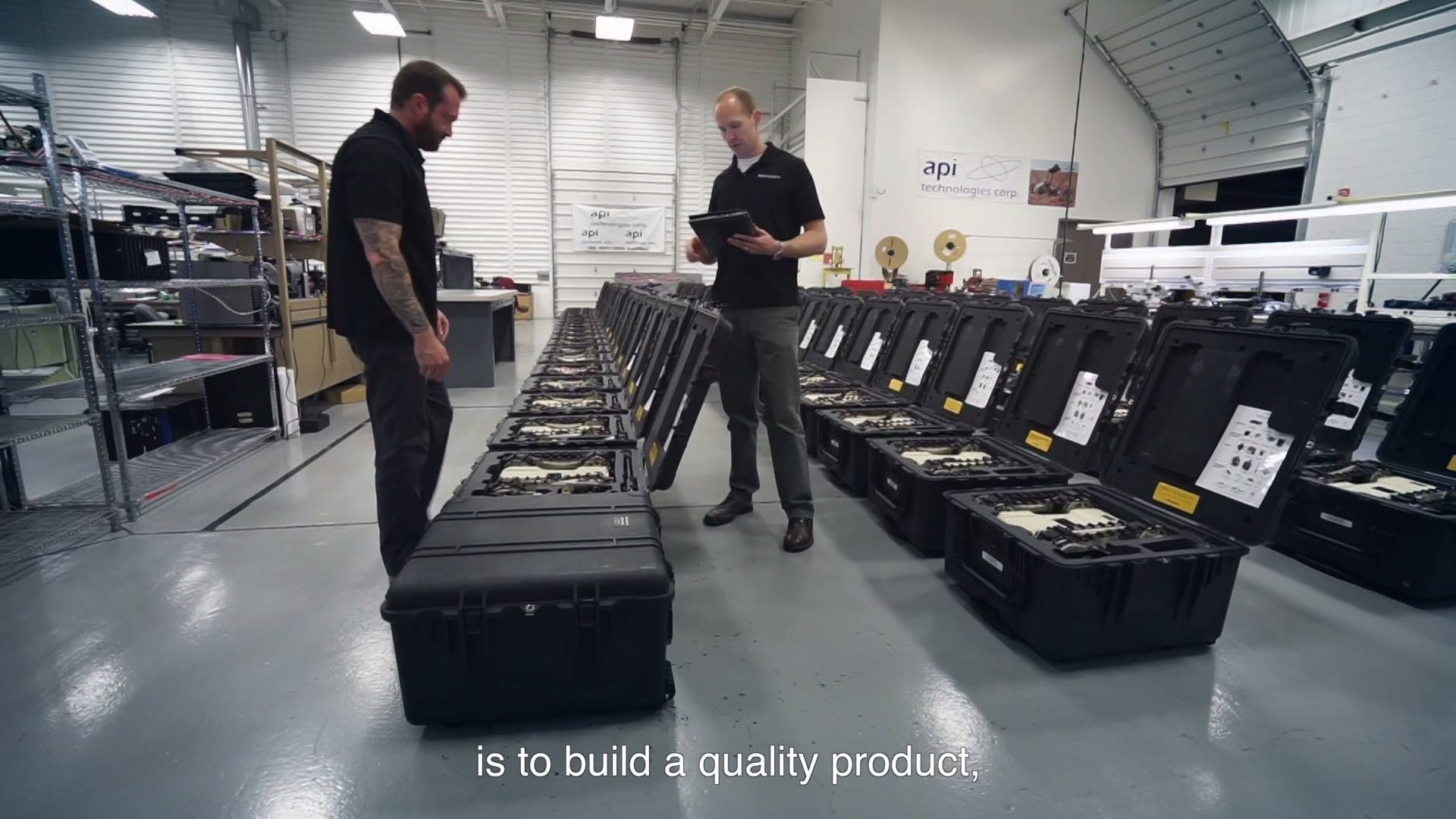
For us, this is the only way to make it happen!
Roboteam – Human Driven – Made in the USA.
Watch how we do it
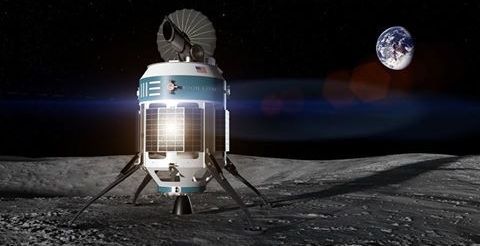
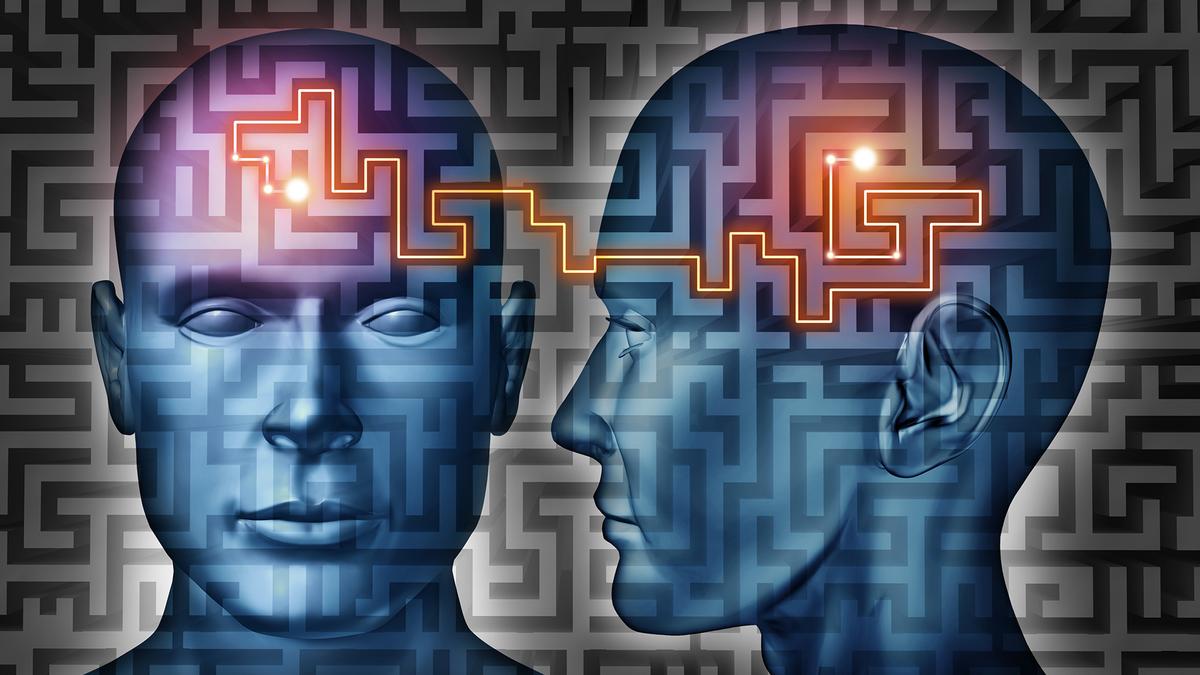
My new article from Vice Motherboard on liberty and privacy. This is one of my most ambitious philosophical works yet: https://motherboard.vice.com/en_us/article/bjx5y5/liberty-might-be-better-served-by-doing-away-with-privacy #Libertarian
If tech is surveilling us constantly, we need the ability to use it to watch the watchers.
Zoltan Istvan is a futurist, transhumanist, author of The Transhumanist Wager, and a Libertarian candidate for California Governor.
The constant onslaught of new technology is making our lives more public and trackable than ever, which understandably scares a lot of people. Part of the dilemma is how we interpret the right to privacy using centuries-old ideals handed down to us by our forbearers. I think the 21st century idea of privacy—like so many other taken-for-granted concepts—may need a revamp.
When James Madison wrote the Fourth Amendment—which helped legally establish US privacy ideals and protection from unreasonable search and seizure—he surely wasn’t imagining Elon Musk’s neural lace, artificial intelligence, the internet, or virtual reality. Madison wanted to make sure government couldn’t antagonize its citizens and overstep its governmental authority, as monarchies and the Church had done for centuries in Europe.
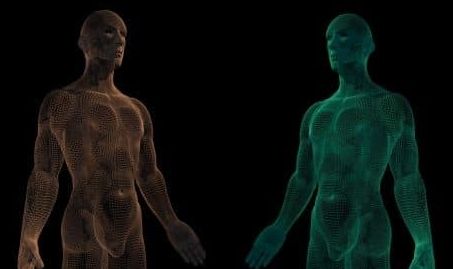
With all the advances being made in robotics in terms of capabilities, it was only a matter of time before researchers took it one step further, making robots look more human. That’s what a pair of biomedical researchers at the University of Oxford are hoping to do, anyway.